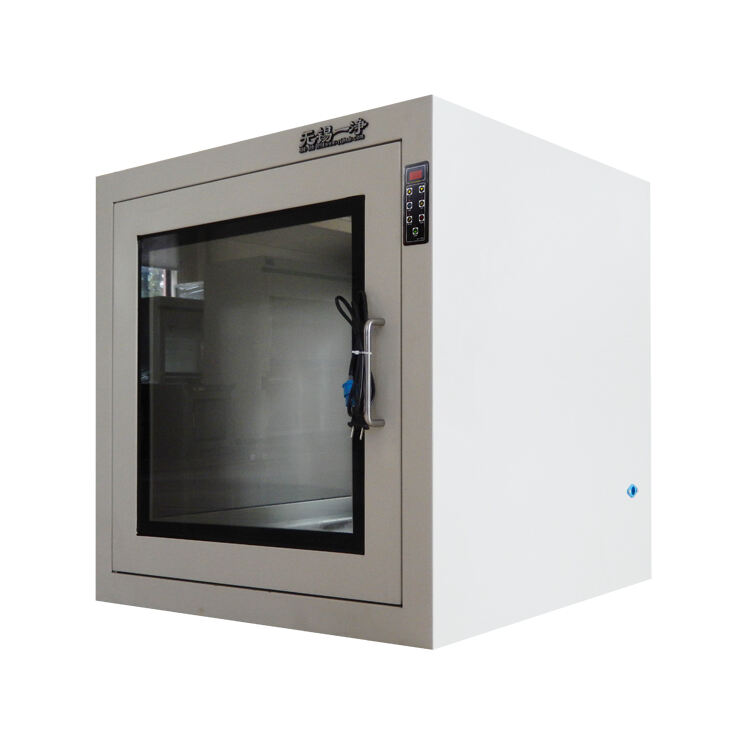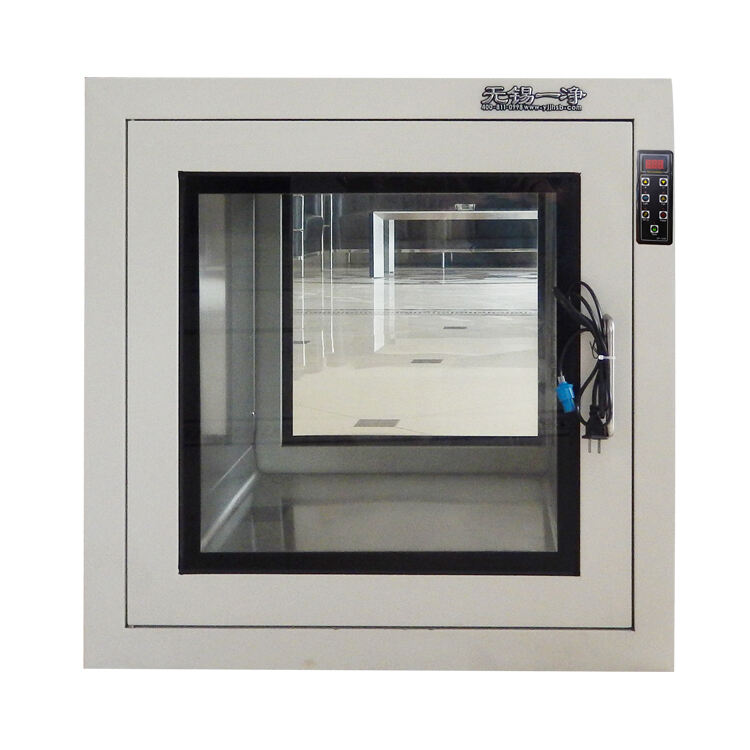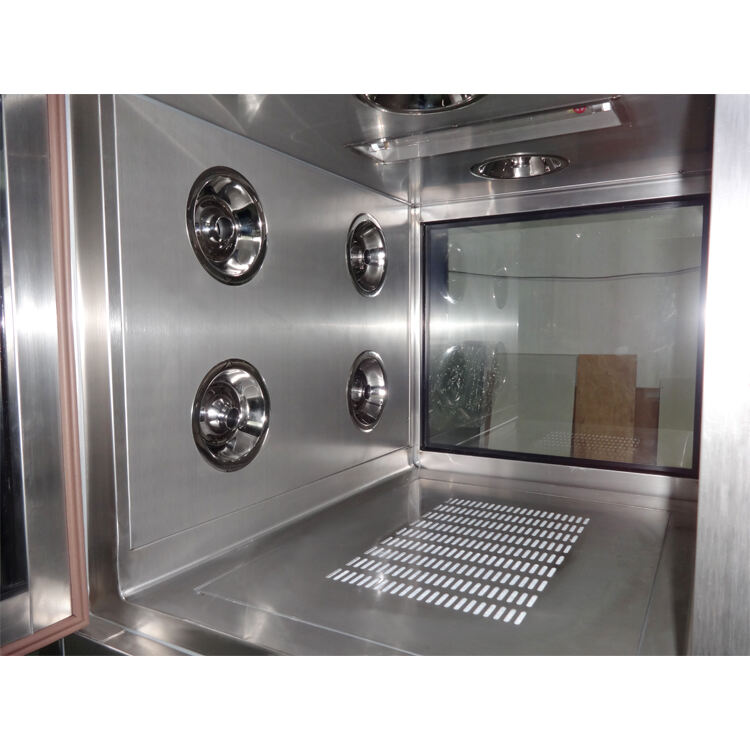pass box size
Pass box size refers to the dimensional specifications of specialized transfer chambers used in cleanroom environments and controlled spaces. These critical components serve as secure intermediate transfer points between areas of different cleanliness classifications, typically ranging from compact units of 600x600x600mm to larger installations of 1000x1000x1000mm or custom dimensions. The design incorporates advanced features including interlocking door mechanisms, HEPA filtration systems, and UV sterilization capabilities, all working together to maintain environmental integrity. The pass box construction usually employs high-grade stainless steel, ensuring durability and easy sanitization. Modern pass boxes are equipped with digital control panels that monitor transfer operations, pressure differentials, and sterilization cycles. The size selection depends on specific application requirements, throughput needs, and available space constraints. These systems play a vital role in pharmaceutical manufacturing, semiconductor production, laboratory research, and other controlled environment applications where contamination control is paramount.


